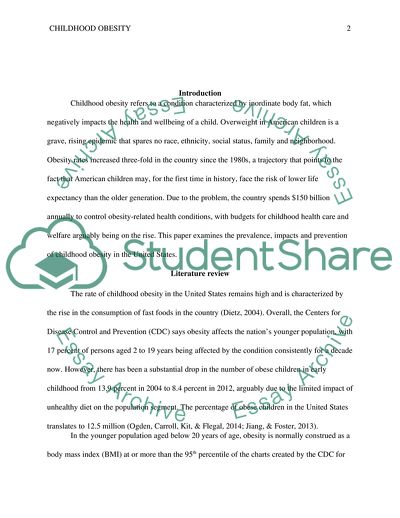Cite this document
(Childhood Obesity Issues Research Paper Example | Topics and Well Written Essays - 2000 words, n.d.)
Childhood Obesity Issues Research Paper Example | Topics and Well Written Essays - 2000 words. https://studentshare.org/health-sciences-medicine/1832895-childhood-obesity
Childhood Obesity Issues Research Paper Example | Topics and Well Written Essays - 2000 words. https://studentshare.org/health-sciences-medicine/1832895-childhood-obesity
(Childhood Obesity Issues Research Paper Example | Topics and Well Written Essays - 2000 Words)
Childhood Obesity Issues Research Paper Example | Topics and Well Written Essays - 2000 Words. https://studentshare.org/health-sciences-medicine/1832895-childhood-obesity.
Childhood Obesity Issues Research Paper Example | Topics and Well Written Essays - 2000 Words. https://studentshare.org/health-sciences-medicine/1832895-childhood-obesity.
“Childhood Obesity Issues Research Paper Example | Topics and Well Written Essays - 2000 Words”. https://studentshare.org/health-sciences-medicine/1832895-childhood-obesity.


